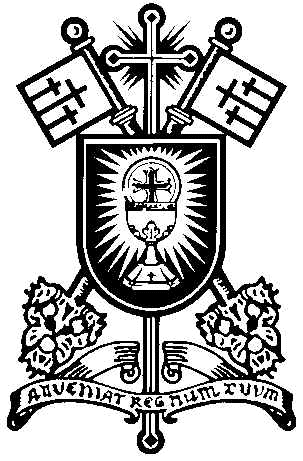 The Liberal Catholic Church
The Liberal Catholic Church

A tri-annual magazine exploring the deeper aspects of religious thought,
experience and practice in the world today
![]()
|
|
|
A Shinto Ceremony Rob van Roggen , The NetherlandsMy wife Kristie and I were invited to attend a Shinto Ceremony on 14 February, which was to be celebrated to invoke a blessing on the upcoming activities commemorating the relationship of 400 years between The Netherlands and Japan. The ceremony was held in Amsterdam, where the only Shinto temple not on Japanese soil is situated. Shinto is an extremely ancient rite that is still practised widely in Japan today. It has an especial affinity with nature and cyclical processes such as the seasons, day and night, birth and death, etc. The purpose of the ritual is to purify, so that harmony is restored between the individual and his or her internal and external environment. The priest gave a short introduction so that we knew what to expect. This was both necessary and useful, as the ceremony was performed in Japanese. Despite the language barrier and the lack of knowledge about the symbology used, the ceremony was easy to appreciate for anyone used to ceremonial. I will try to explain a few aspects which I observed. Before entering the temple, which is a delineated space, shoes are removed and the hands cleansed in a ritual fashion, before seating oneself on a cushion on the floor. On the altar, which was orientated in a special manner, offerings such as water, salt, rice and wine are placed. A round mirror, a holy symbol of the Sun, is placed approximately where we have the tabernacle on our altar. The priest, vested in ritual dress, performs the ceremony with his back towards the congregation in the space in front of the altar, in the same way as in our church. The ritual commences with an opening, which may be compared to our Invocation, whereby all present make two bows, clap twice and bow once again. Thereafter a purification of the space and those present is performed, as we do in our Asperges. A type of reconciliation ritual meant to clear up improper forms of energy, comparable to our Confiteor and Absolution follows, after which the candles are lit and the oblations are offered (Offertorium). The Kami, which are higher nature beings, are then invoked, similar to our Collects. An element not found in our Eucharist then follows: A solemn invocation, followed by the purification of the four directions. At this stage those present may offer a green twig as a symbol of inner harmony (Communion). Finally the Kami are released (Ite missa est) and the ceremony is ended with bowing and clapping (Amen). The ceremony completed, the oblations are then consumed by all present. For me it was a confirmation that all forms of worship have a common basis. Despite the huge difference in culture and usage of symbols, a deep sense of recognition prevailed. Taking part in this ceremony confirmed again the conviction that rituals are a precious heritage, which should be treated with extreme care. This conviction seems to have been lost almost everywhere but is still cherished in The Liberal Catholic Church. We have, as does Shinto, something to offer that is almost unobtainable elsewhere, giving one hope for the future. Calls are regularly made within The Liberal Catholic Church that we are not following the trends of time and that we do too little modernisation, whatever that is meant to be. Perhaps in some ways this is true, but the discussion thereof falls beyond the ambit of this short article. Often modernisation is an excuse for trivialisation and that is dangerous. The ritual base of The Liberal Catholic Church is solid and deeply rooted. It is up to us to ensure that this basis be kept intact for future generations. What an eye opener a Shinto ceremony can be! |
|